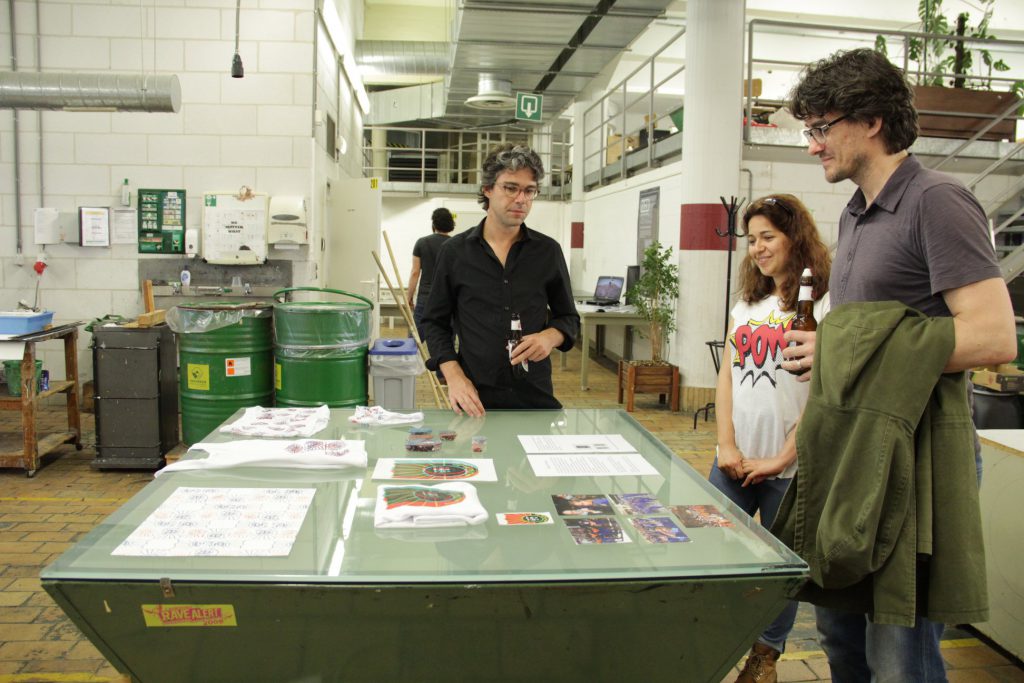How the Open Design Course was originated

The Open Design Course began in 2016 by the initiative of Bram Crevits, trying to formulate an answer to some urgent needs: but mainly as a way to offer support for an unseen influx of people fleeing war and seeking refuge in Europe. Due to regulations of higher education, it is almost impossible for most of the newcomers to start or to continue their studies as ‘regular students’ within the Belgian education system. Read more about the history here…
The Open Design Course initiative is intended to create a space within KASK, where it is possible to bypass the technical/administrative restrictions, to welcome refugees and asylum seekers and provide them with a high-quality learning context. The course also reflects on the broader context of rethinking higher art education. The perspectives and motives that were behind the setting up Open Design Course are closely intertwined forms of dissatisfaction with education / or higher education. For it was felt that higher education is mainly organized to further sustain and reproduce this system, by mainly focusing on ‘innovation’; in order to further support a logic of endless economic growth. This is not only about pedagogy and content, but also the way higher education is governed and financed. In the same way, art education (and even art in general) is not immune to this logic of reproducing a failing system.
But here some hope is possible – a way of offering unique opportunities to fight or overcome such failings. Bram Crevits and the team that continues Open Design Course believes that there was an urgent need for a type of education that brings together different voices from different fields and that might be used towards activating change within society. Bram Crevits wrote about the origins of Open Design Course: “It was thought that a school can and should be an open tool for a society. Schools should resist by all means to reproduce the system we feel trapped in, i.e. by what they focus on and by the way they organize themselves …
Art education should challenge itself and urgently needs to re-invent itself. To activate as much as possible what art education is good at: being a place of creation, of imagination, of constructive experimentation… but at the same time a place of resistance and of dialogue. To further activate art as the collective conscience of our society. And what is needed now is not a silent conscience, but a highly engaged conscience ….